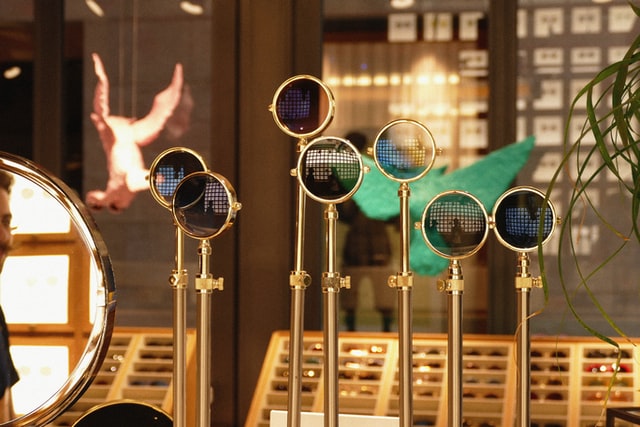Contact lenses come in many options nowadays, so it’s hard for newbies to find their way around. Are you thinking about getting new contacts? Then understanding the different types, whether daily, weekly or monthly contact lenses, will help you make an even better decision. For the most part, they are categorized under factors like the type of material used for manufacturing, duration of use, visual correction needs, etc. Knowing the different types available will ensure you get the comfort and flexibility you’re paying for. Without further ado, let’s learn the various options on the market.
Image via Unsplash
- Soft contact lens
Soft contact lenses are made from plastic, which often comes in the form of a hydrogel or silicone hydrogel. It is generally comfortable to wear based on its high absorbency level. Unlike other contact lenses, soft contact lenses allow up to five times more oxygen. So, if you suffer from dry eyes, this will offer the most comfort.
This type of contact lens is usually recommended for newbies since it’s easy to adjust to wearing them. Soft contact lenses can be worn with a monthly, weekly, or daily schedule. The only downside is that they don’t correct all the visual problems.
- Hard contact lens
Hard contact lenses are also referred to as rigid gas permeable (RGP) lenses. They tend to hold their shape in comparison to soft contact lenses, making them more durable. Hard contact lenses also tend to be less expensive than soft ones when considering extended run usage.
It corrects a broader range of visual problems, such as severe astigmatism, keratoconus, and farsightedness. Though many advantages come with using hard contact lenses, the major disadvantage comes in its adjustment. It can easily dislodge from the center due to its small size, and might also take longer to apply.
- Orthokeratology (Ortho-K) lenses
Orthokeratology lenses, also known as Ortho-K lenses, are a particular type of rigid gas permeable (RGP) lens, designed to be worn only at night. It tackles significant eye conditions such as myopia, astigmatism, and hyperopia. Ortho-K lenses work during nighttime to correct these vision problems and should be taken out in the morning for optimal vision.
Regardless of its powerful features, some countries do not endorse this type of contact lens. The reason is that the user is prone to getting an infection and that the results might only be temporary.
- Colored contact lens
Colored contact lenses come in both RGP and soft contact lenses. Since soft contact lenses are more flexible and comfortable, they are commonly used and worn as colored contact lenses. It comes in three different tints: visibility, enhancement, and opaque. Visibility tint contact lenses don’t change your eye color, but detects it and gives the exact color.
Enhancement tint offers a more expressive and bolder view of your eye color. While dull tones completely change the eye color, even if you originally have a dark eye color. These types of contact lenses are also available as prescriptions.
- Decorative contact lenses
Decorative contact lenses are also referred to as cosmetic, special effects lenses, and still go by other names. These lenses completely change the eye colour without offering vision correction functions. They are mostly sold during Halloween and are likely to cause complications like infections, discomfort, redness, and even permanent eye injury. This is as a result of their ill-fitting nature and shady manufacturers. It is always advisable to get a prescription from an eye doctor before purchasing one.






